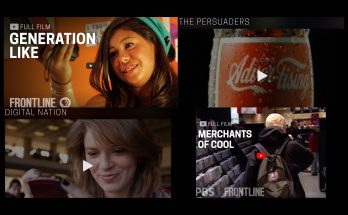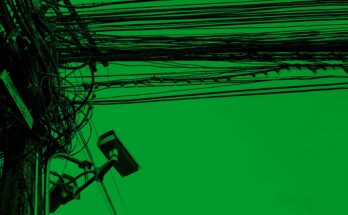“What The Matrix Got Wrong About Cities of the Future”
(Print Version: “The City and the City”)
WIRED, December 1, 2021
Ideas
By Nicholas De Monchaux
“Where the movie foresaw a distinction between digital and physical reality, modern cities are merging them, and not necessarily in a good way.”
Like neo’s pink, hairless body in The Matrix’s great reveal, cities have been invaded by tubes for nearly their entire lives. Over the centuries, water pipes, gas pipes, steam pipes, electricity cables, and air ducts have crept across buildings and landscapes, coursing through walls, floors, and sidewalks on their way to making the modern world.
By a long margin, the water came first. Earthen conduits moved stormwater in Xi’an, China, millennia ago; lead tubes led drinking water under the stone-paved streets of classical Rome. In response to the waterborne pandemics of the 19th century, the modern European and North American city became defined by sewers and drains so extensive as to be beyond imagining. Today, when water tumbles out of the tap into your sink, it is but a cameo turn in an epic journey from faraway reservoir through final sewage treatment, across dozens—even hundreds—of miles, and months or years of time.
Like the blood vessels of our own bodies, the pipes and wires of modern buildings and cities structure our lives while remaining almost entirely hidden. Yet they inexorably define the spaces we inhabit. These conduits bring us the ubiquity of suspended ceiling grids—designed to screen the mess behind. They also brought us the grand expanse of the Champs-Élysées—engineered to cover the enormous masonry sewers that ushered in Paris’ ultimate triumph over cholera.
Today’s urban infrastructure is the latest step in this long history, but unlike the tubes and wires of the past, it doesn’t merely shape the city. Rather, it presents challenges more akin to the larger conflicts of The Matrix itself—between the city’s real body and a newly present, virtual reflection of it.
This new infrastructure is one of information. While cities have always been defined by the flow of ideas, for most of human history these were stored in our heads, or in objects we carried—scrolls, tablets, books, and paper. In the Industrial Age, however, huge swells of productivity and connectivity were unleashed by the machinery of connected data—from pneumatic tubes for paper telegrams to the mid-century telex, the wired telephone infrastructure, and the wireless networks now displacing it.
…
Yet the virtual city is a mirror that distorts as much as it reflects; our virtual shared space remains radically different from our physical one. Offline, our infrastructure is largely public, our movement is still mostly free and without surveillance, and laws govern our interactions. Online, we exist in an entirely privatized world with weak governance, few civil liberties, and an entirely commercial raison d’être. To simply gain access to today’s digital environments, we have allowed a degree of control and intrusion—the tracking and storing of every fragment of our online lives—that we would never accept in what we still refer to as “reality.”
Much of the blame for this predicament lies precisely with the nostalgic 1990s idea, implicit in The Matrix, that our real and virtual selves are separate. But, as should be obvious by now, they are not. Indeed, our compromises in the digital realm are what allow Google and Facebook to transform our data into supra-governmental economic might in the physical one. While such companies are not powered by anything quite so literal as the hibernating human batteries of the movie’s dystopian towers, they do subsist on our humanity—the extracted value of our relationships, ideas, and experiences.
About the Author:
Nicholas De Monchaux is Professor and Head of Architecture at MIT and the author of Local Code: 3,659 Proposals About Data, Design, and the Nature of Cities.
See also in Internet Salmagundi:
See also:
- WIRED Peers Into the Future of Reality: Two decades after The Matrix, technologies have emerged that make us question what is real—in ways stranger, if less sinister, than the movie imagined. (The Future of Reality.
The world of the Matrix is here. It’s nothing like what we imagined.)






